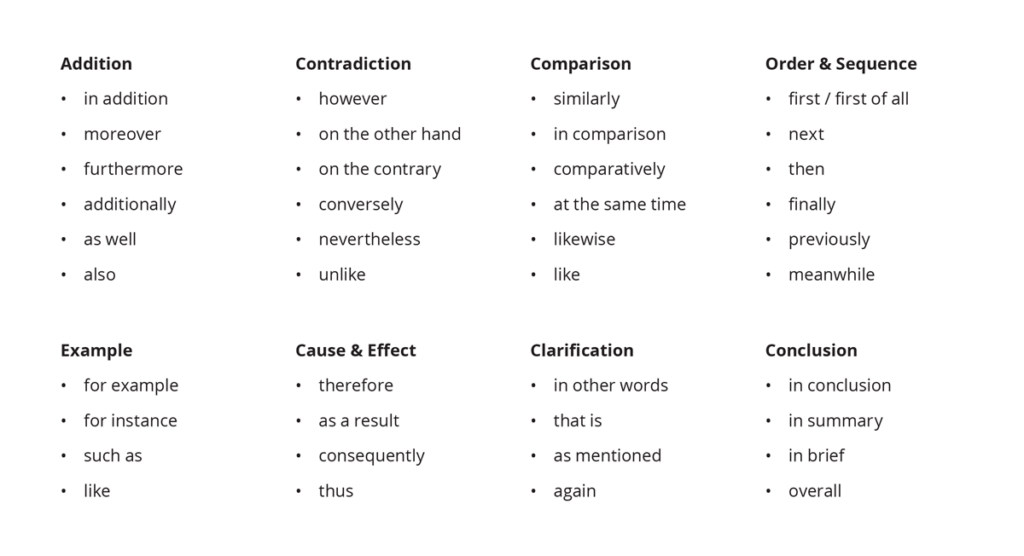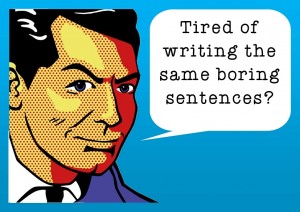Recently, I saw a paper in which an entire two paragraphs basically read as follows:
The purpose of this article was to inform. The audience of this article was the general public. The subject of this article was the Ebola outbreak.
And on and on.
There are several ways to ensure you don’t lull your reader to sleep with boring sentences like the ones above.
First of all, vary the length of your sentences. The sentences in the example are all simple sentences (each has only one independent clause). An easy way to add variety to your writing is to sprinkle in some compound, complex and compound-complex sentences.
A quick refresher:
A compound sentence is a sentence with two complete independent clauses joined by a coordinating conjunction (Remember: FANBOYS – For, And, Nor, But, Or, Yet, So).
Sometimes a horse goes off the path, and the rider screams in terror.
A complex sentence consists of one independent clause and one dependent clause. A dependent clause cannot stand alone as a sentence by itself, and in fact it is dependent on the rest of the sentence to make sense.
Because I had never ridden a horse, I even dreaded the ranch’s trail riding for beginners.
Because I had never ridden a horse is a dependent clause which cannot stand on it’s own. It depends on the rest of the sentence for clarity. Look for subordinating conjunctions like: because, when, while, although, after, since, etc. These signal the start of your dependent clause.
A compound-complex sentence combines the two concepts together. It contains two independent clauses with a coordinating conjunction, and a dependent clause with a subordinating conjunction.
For example: I fed the horse when he finished the trail ride, and he whuffled at me.
Two independent clauses joined by a FANBOYS: I fed the horse, and he whuffled at me.
And a dependent clause with a subordinating conjunction: when he finished the trail ride.
Another way to add variety to your sentences is to vary your sentence openers. The example above began every sentence the same way: The _____ of the article was to ______.
Using transition words and phrases is just one way to change up the beginnings of your sentences. See the image below for examples of transition words and phrases.

For additional ideas on how to vary your sentences, check out the OWL at Purdue’s post about the topic.
I promise you will bore your reader to death if you begin every sentence the exact same way. Try adding some variety to ensure you don’t have any death by boredom on your hands.


